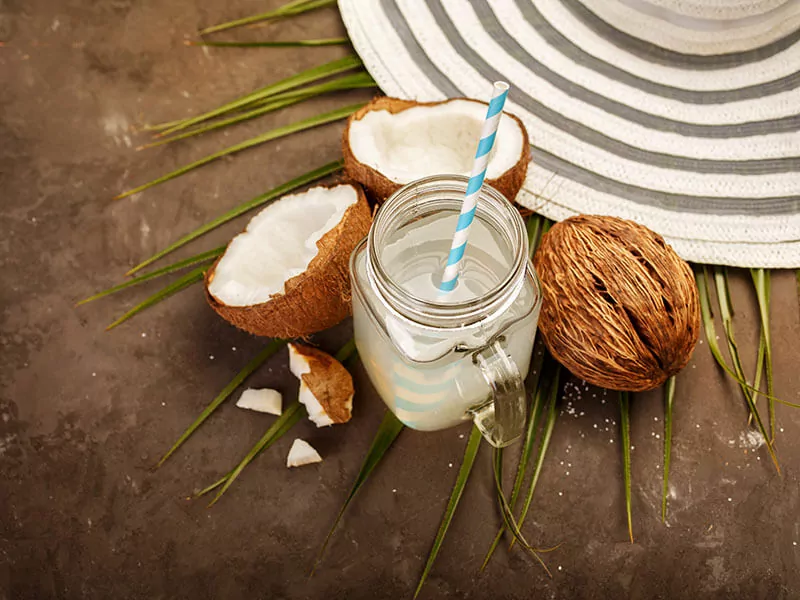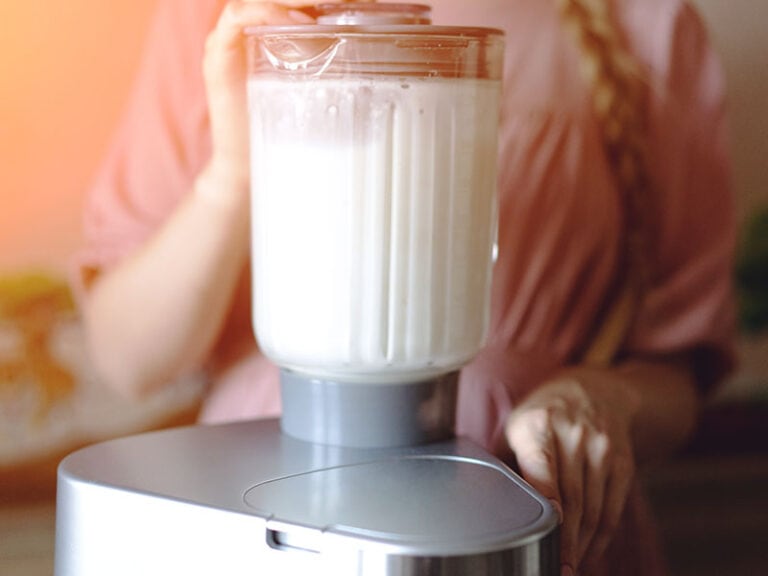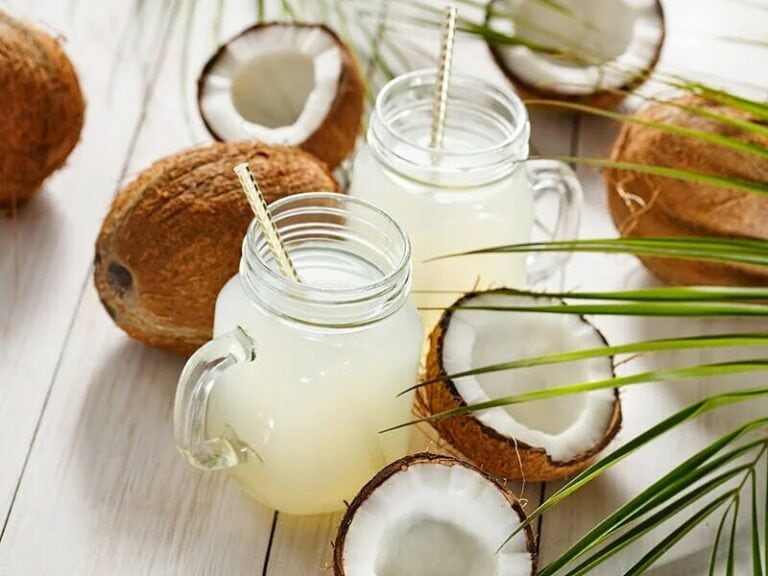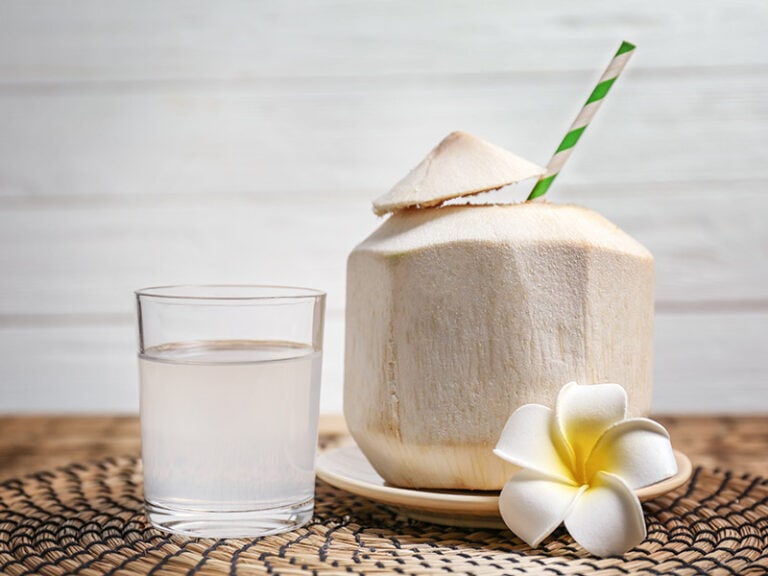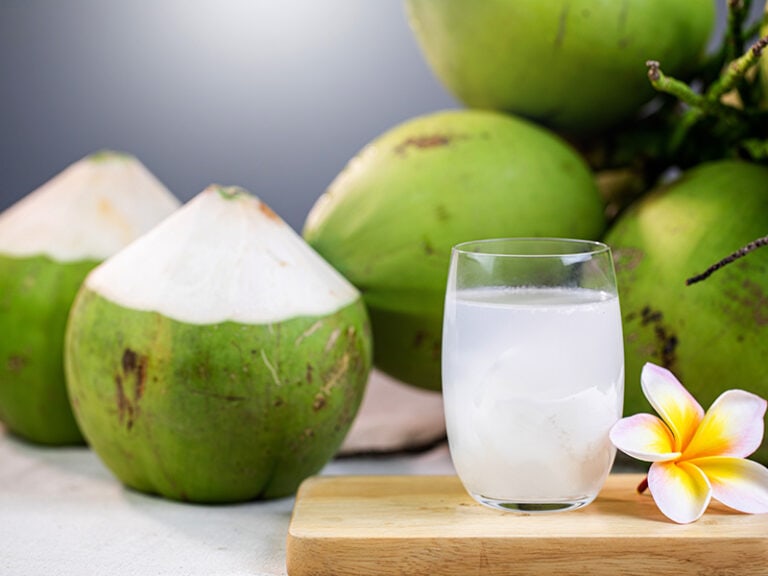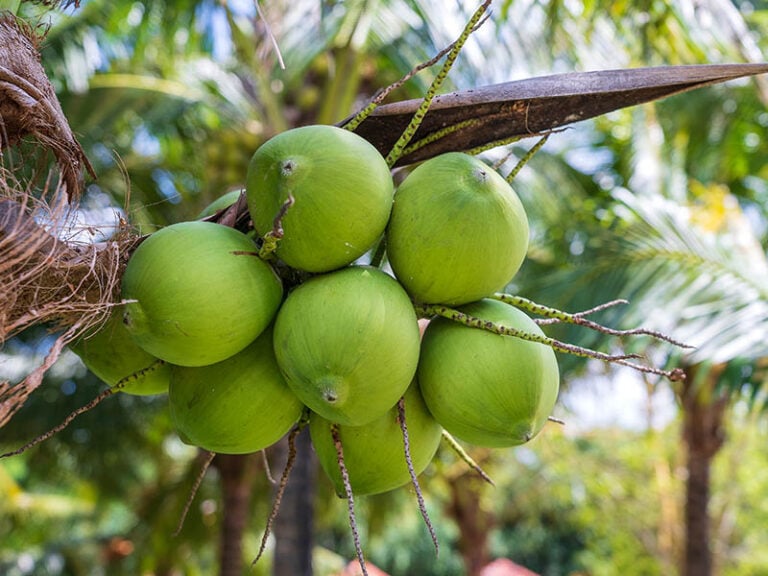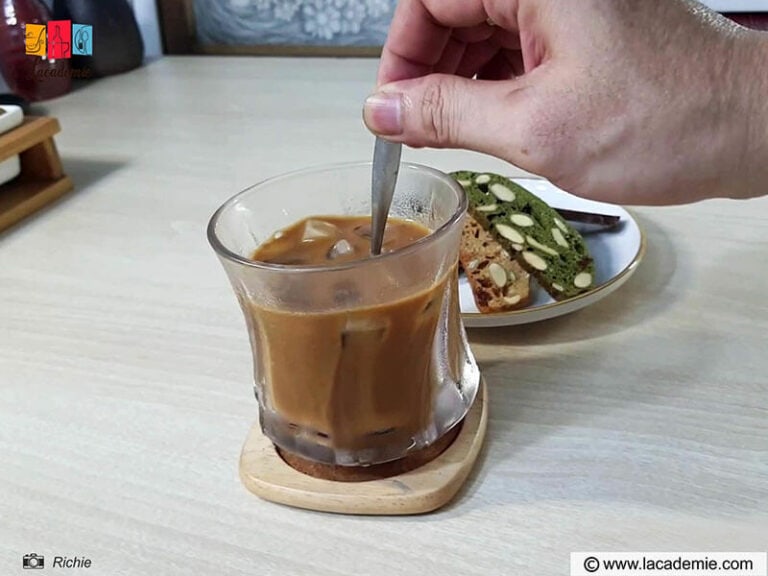As usual, “how to make coconut water” becomes a hot topic when the summer comes, as staying well-hydrated is key to surviving in the extreme heat. Since store-bought juice often has added sugar, homemade ones are obviously healthier.
Homemade coconut water is a favorite for good reasons. It comes from 100% natural juice and has no preservatives. Even better, you ultimately control the ingredients, so any modification is possible. The drink can be safe from allergens and deliver your desired flavors.
Besides tutorials on DIY coconut water, today’s article also provides exciting information about this wonderful beverage and delectable recipes to test your cooking skills. Enough for the introduction; grab your apron and get straight to the business now!
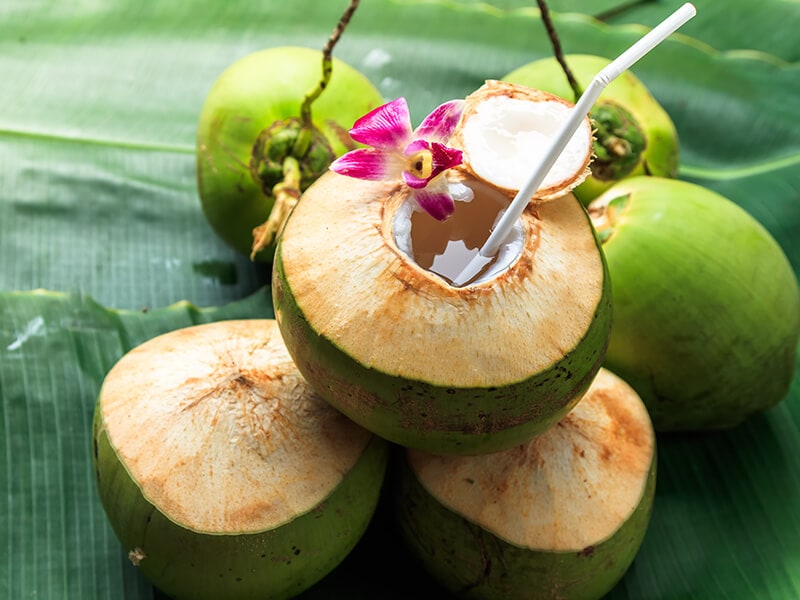
Coconut Water – A Famous Tropical Juice
Native to tropical regions, coconut in general, and coconut water in particular, might not be a frequent face on the shelves at many Western markets. In case you haven’t known much about this goodness, below are some of its basic considerations.
Definition
Coconut is a fruit from the palm tree grown in the tropics, where a hot and dry climate is its favorite environment. This fruit often takes around one year to ripen fully. As its name implies, coconut water is the juice inside the nut (1).
There are indeed many commercialized coconut water brands on the market. But as with most juices, the best thing always comes from raw fruits. Coconut growers often choose to harvest the unripe ones that are around six to seven months old.
Liquid from young coconuts is tastier and more plentiful than the fluid inside ripened coconuts. But remember that the water will dry up when the nut fully matures.
Regarding color, fresh coconut water should appear transparent but don’t throw it away yet when you see a pink tinge. That is the result of the oxidation of enzymes in coconut water, which is completely harmless.
Last but not least, keep in mind that coconut water is not the same as coconut milk and oil. These two are by-products of coconut meat and have nothing in common with the juice.
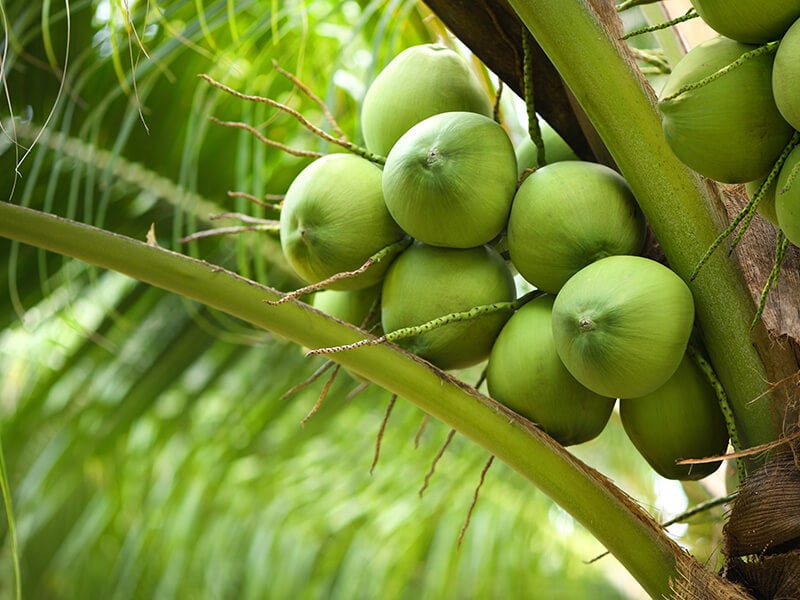
Taste
Varieties of coconut yield slightly different-tasting water, depending on the locality and climate. At best, coconut water should deliver a sweet taste with a nutty hint, but it is comparatively low in sugar than other fruit juices and sodas. But that’s only the case with fresh coconut water.
In processed coconut beverage cases, its sweetness varies depending on the brand, as some manufacturers might add flavors or sweeteners to the juice to make it tastier.
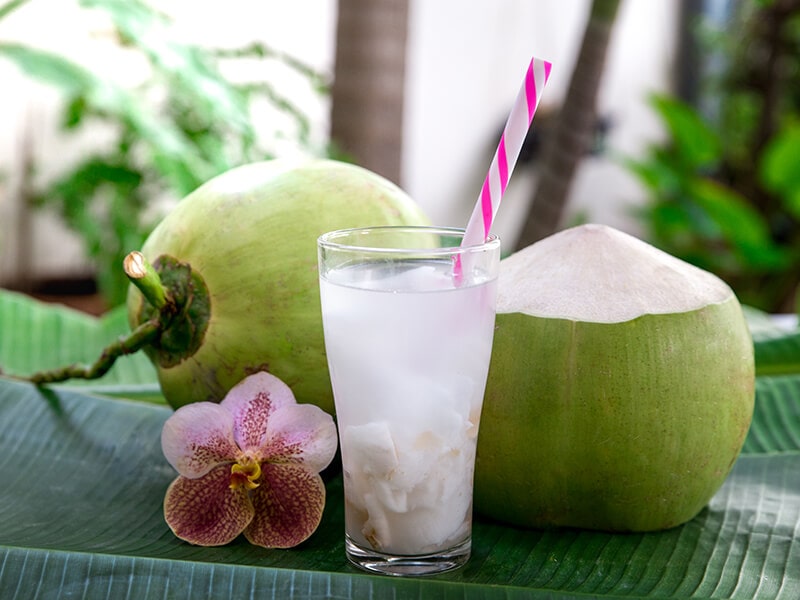
Nutrition
Taste aside, its nutritional content makes coconut water stand out among other healthy drinks. Low in sugar and calories, this great source of rehydration won’t add more calories to your weight like other artificial sugary drinks (2).
Penned as a “Magic Drink”, this deliciousness offers plentiful health benefits thanks to its naturally occurring electrolytes, such as potassium, calcium, or magnesium. These minerals will give you better sleep and lift your mood (3).
There are no standard rules for how much coconut water a person should drink daily. However, excessive consumption is never good, so one to two cups a day is sufficient for even a hard-core coconut water fan.
Take this opportunity to learn how coconut water benefits your body if you drink it every day.
Easy Hacks To Pick The Best Coconut Water
With its reputation on the rise, coconut water has become a hot name in both the culinary and medicinal fields. Knowing how to pick the right product to try matters the most if you want to keep up with this trendy beverage.
Fresh Coconut Water
If you have a chance to select young coconuts in person, shake the nuts to estimate the water sloshing inside. Apart from the weight, the size and color of your fruit also matter.
Either minor or oversized fruits are a hard pass, as they hardly give you any juice. Instead, stick with the medium-sized. Stale nuts will have yellow-green, gray, or brown color, so don’t waste your money on them. An abundance of gray stripes also signals overripe nuts.
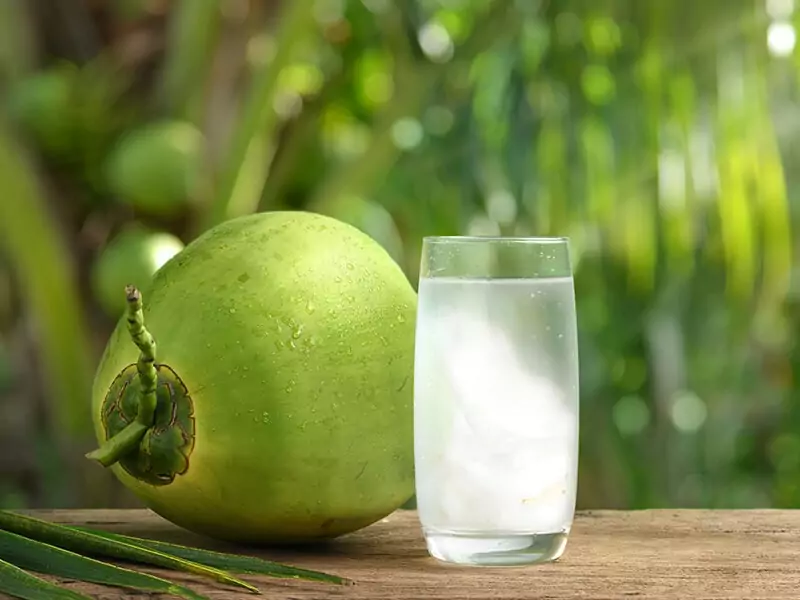
Processed Coconut Water
Be careful with concentrated coconut water products since they can contain added syrup and water. Instead, your chosen product should have the label “not from concentrate” on its carton.
Also, don’t mind spending extra few bucks for brands that say yes to pure ingredients and contain no additives or preservatives. Best of all, you should choose brands that only list coconut as the sole ingredient for the best taste and safety matters.
Beginner’s Guides To Make Coconut Water At Home
When you want to drink up to ease the scorching summer heat and keep your calorie intake in check, a glass of coconut water will do the trick. Better yet, homemade juice doesn’t require an investment of time because you can whip up this delicious beverage in more or less 10 minutes.
How To Crack The Nuts
Before getting to the main cooking part, the ultimate thing is to learn to extract coconut water from the hard-shell fruit. Once you get the water, keep the meat for further usage. Full of vitamins and minerals, both the pulp and water are worth saving.
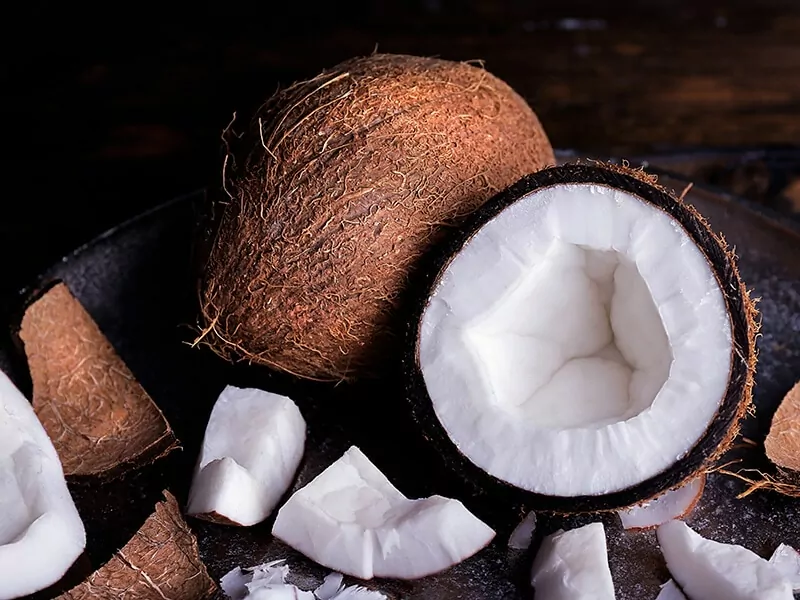
Step 1: Poke Holes On Coconuts
Locate three “eyes” at the stem end of the nuts. Next, place the pointed end of a screwdriver, corkscrew, or sharp knife in one of the three holes. Perforate and carefully bore a hole through the eye. Open the holes by wiggling the tool out and continue widening other holes to the end.
Step 2: Drain And Strain The Juice
Turn the coconut upside down and pour the content out. Allow the fruit to sit in that position for several minutes until all the liquid drains out. You should shake the fruit a few times to ensure no juice is left.
Remember to strain the water through a sieve to remove the impurities, such as small bits of coconut fiber, and set coconut water aside.
Step 3: Extract The Coconut Meat
Once the fruit is empty of liquid, it’s time to extract the meat. Use a hamper to strike in the center of the surface and split the fruit in half or more pieces. Inside is the creamy white pulp hugging the shell.
After that, use a knife to separate the white meat from the shell. Once you’ve finished extracting coconut meat, grate it for later use or set it aside.
Here is another excellent way to extract water and remove the meat from coconuts.
Let’s Make Your Own Coconut Water!
Fresh coconut water is the best. Still, the taste of raw juice depends greatly on other factors, such as variety or climate, so it may not give your expected flavor. Therefore, in this section, I will guide you through processing this juice to bring out the best results.
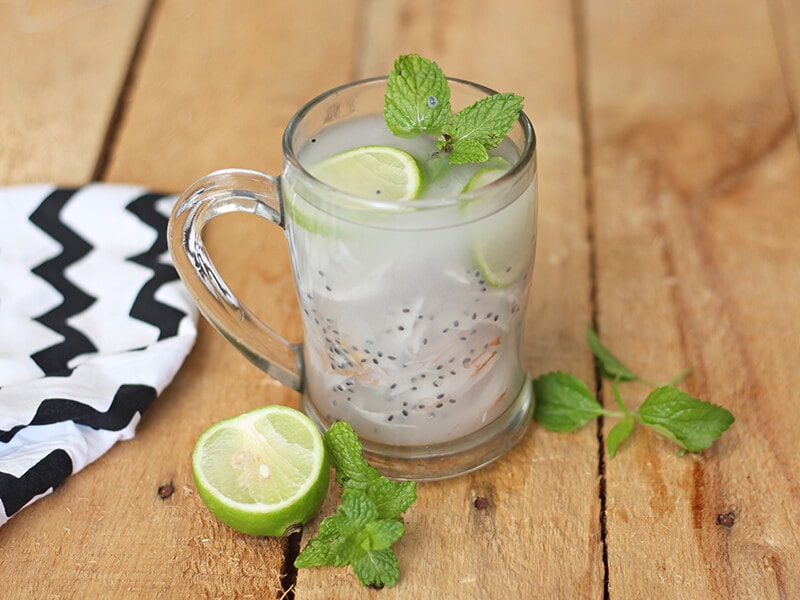
Basic Coconut Water
Regarding the hydration solution, water is fine, but coconut juice is on a different level in quenching thirst and balancing your system. Nothing is wrong about drinking straight from the nut. Still, if you want to make it a tasty go-to with more robust flavors, follow the guideline below.
With A Blender
Blending is a classic choice to process any beverage. All you need to do is pour the ingredients into the bottom of the machine, and the blender will take care of the rest.
Step 1: Mix Everything Up
Put the coconut juice with mineral water, your sweetener of choice(like sugar or honey), and a pinch of sea salt into the mixture. You’re free to add coconut meat into the liquid for extra flavors, but that’s totally optional.
Step 2: Beat All Ingredients
Blend all ingredients at medium speed for a few seconds. Omit the sugar if you want the coconut water to be healthier. Refrigerate the drink if you don’t want to pour a glass at the time. Of course, you’re welcome to add in a few ice cubes to enjoy this goodness on the spot.
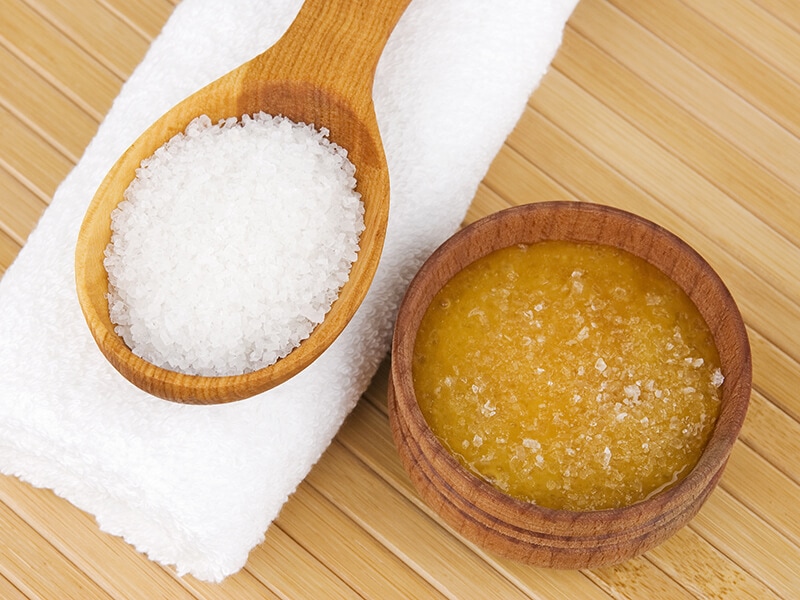
By Heat
In case you don’t have a blender at home, cooking can be a solution. You should use a sweetener like honey in this recipe because it’s suitable for high-heat treatment.
Step 1: Let’s Heat Things Up!
Start by boiling ½ cup of water on a stovetop. After it has reached your desired temperature, remove the liquid from the heat source and move on to the next step. In case you wonder, the reason behind heating water is to let other ingredients dissolve easier.
Step 2: Give It A Good Stir!
Add in the honey and salt and stir until it’s completely dissolved. Then, pour the remaining water, along with coconut juice, into the mix and keep going to combine. Coconut water tastes best when served cold so let your drink stay refrigerated until you’re ready to use it.
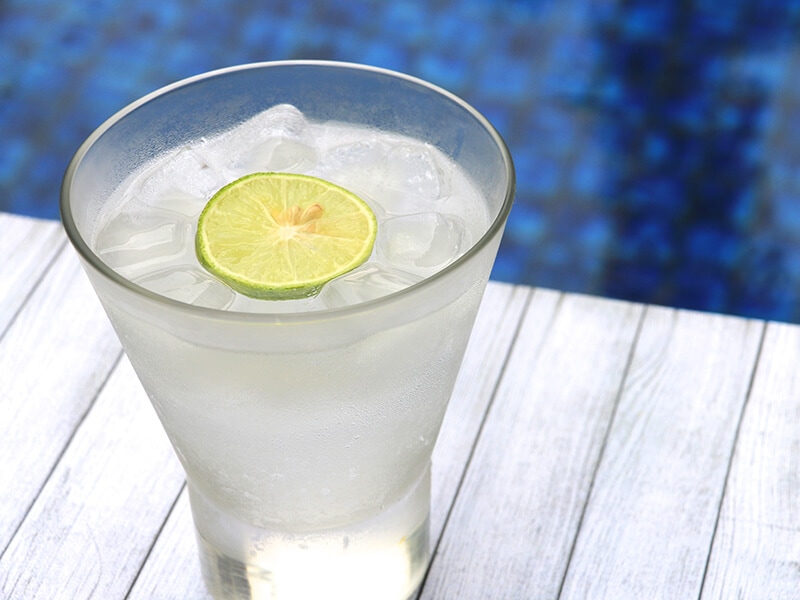
Tender Coconut Water
For your information, the term “tender coconut” is another name for immature coconut, whose flesh is so soft that it can be spoonable. In this recipe, the flesh will take the stage. Its presence will thicken the texture and add a hint of creaminess to your drink.
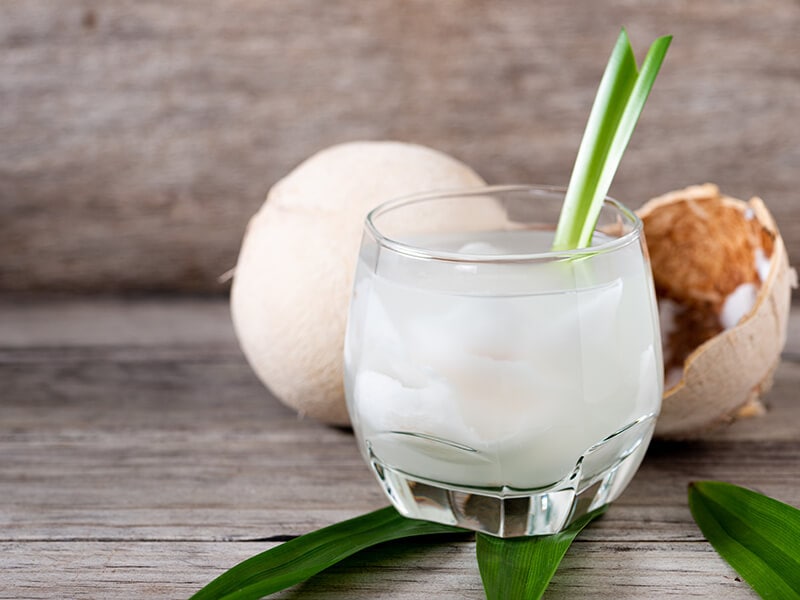
Step 1: Mix And Blend
In a blender, pour in the tender coconut, fresh cream, and coconut water. Add in your desired sweetener, then blend all the items until everything combines.
Step 2: Serve The Mixture
After the mixture is uniformly blended, the next thing to do is pour it into a bowl or glass. Serve it immediately or chilled (I recommend the latter).
Coconut Agua Fresca
Coconut agua fresca is a popular drink to ease your thirst and boost your energy. You will whip up this drink in no time with your favorite fruits. Stay tuned to figure it out!
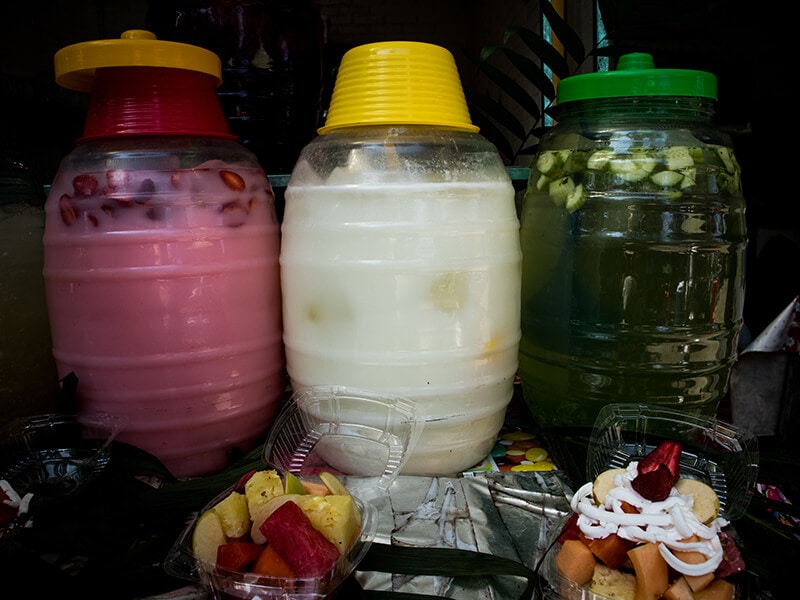
Step 1: Wash The Fruits
Wash the fresh fruits of your choice under tap water. Five to ten seconds is sufficient, then dry them with a clean cloth or paper towel to eliminate any bacteria that may be present.
Step 2: Get Your Ingredients Ready
Slice the fruits into small chunks. If you also have berries for the drink, remove their stems with your fingers, nail clippers, or kitchen shears.
Step 3: Making Coconut Water
It’s best to use coconut water in this recipe. However, feel free to substitute it with a mixture of one part coconut milk and one part water. Mix these ingredients in a separate glass until combined before carrying on to the next step.
Step 4: Mix In The Honey
Honey is tricky since it’s impossible to dissolve entirely in cold water. Therefore, mixing honey in another bowl with water is best to ensure no lumps remain before mixing it with other items.
Step 5: Combine Everything
Pour the liquid ingredient, fruits, and honey into the pitcher and stir continuously until everything combines. And voila! Your drink is ready to go. Add a few ice cubes to the glass when serving for the best results.
A useful tip is to let your fruits and berries chill in the coconut water for several hours. They will bring extra flavors to your drink.
Beat the summer heat with this coconut agua fresca, and it won’t let you down.
Infused Coconut Water
This healthy and delicious drink is a non-alcoholic option suitable for the palate of all age groups. Say goodbye to soda and sugary drinks because this beverage will be your ultimate go-to at any party!
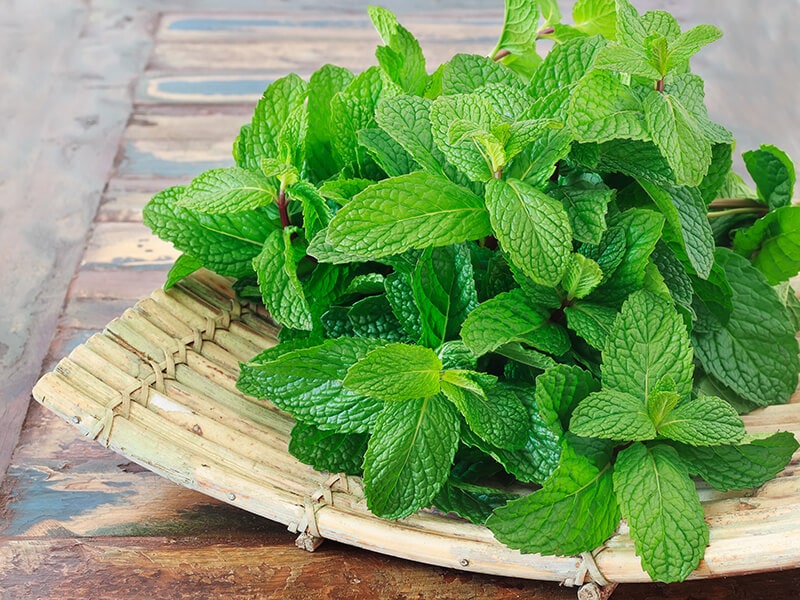
Step 1: Add The Liquid
Fill a large pitcher with water and coconut water. Ensure to leave enough room for fruits afterward. Pouring the liquid before placing solid ingredients will be easier to arrange later on.
Step 2: Add The Fruits
Make sure all the needed fruits have been washed thoroughly and sliced into bite-size pieces before placing them into the pitcher. Next comes the herbs. Remember that herbs have a strong flavor, so use it wisely to avoid bad effects on the overall taste.
Step 3: Chill The Water
Taste the mixture and make any adjustments if needed. Remember to mix up the ingredients gently with the back of a spoon before placing the mixture in the fridge to help release the flavors into the water.
After that, refrigerate the pitcher for about an hour or overnight before serving. The longer the water hangs out in the fridge, the stronger its flavor will become.
Coconut Water For Hair
Coconut water can also save your dry hair. This beverage can be a daily hydration mist or leave-in conditioner to prevent breakage, promote long locks, and reduce dandruff.
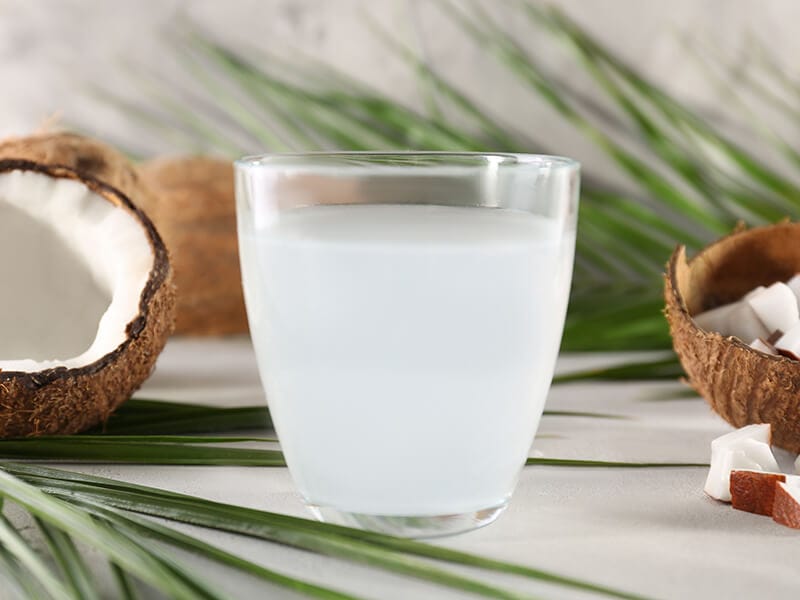
Step 1: Mix
Begin by mixing ¼ cup of coconut water (or, even better, tender coconut water) and 1 cup of water with lemon or vinegar into one bowl. Next, pour the liquid into a spray bottle, and you’re good to go.
Keep the bottle under cold temperature for long-term usage since coconut water doesn’t have an infinitive expiration date.
Step 2: Apply It To Your Hair
When you want to use it, mist the mixture over your hair and scalp. Give your scalp a massage for about 5 minutes and wait for another 30 minutes. Then, rinse your hair with shampoo and lukewarm water, and you’re ready to go.
If long and silky hair is your goal, coconut water can help make your dream come true.
Pocket These Hacks To Make Coconut Water Taste Better
Fresh coconut water can be off-putting. Its sweetness varies based on the variety; even a sour flavor will come up in some nuts. Therefore, it won’t hurt to learn one or two tricks to make it taste better.
- If your juice is more on the sweet side, a drop or two of citrus juice, like lime or lemon, will solve the problem. Their acidity is a proper cut through the sweetness and will make your drink more refreshing.
- A little sweetness will add more depth of flavor to any beverage, and nothing does the job better than natural honey, though agave nectar and or sugar-free sweeteners come close. They’re also excellent for making your summer drink even more perfect.
- Mint is perfect for adding flavor to any dish, both savory and sweet. Therefore, these leaves will give your coconut water a clean, cooling, and fresh taste.
- If you have never tried a combination of coconut juice and ginger, let’s experience it today. The spiciness of ginger will take the flavor to another level. Also, this superfood’s health benefits add more nutritious points to your drink.
- In search of a unique way to enjoy coconut water? Freezing coconut water into ice cubes and enjoying them in other drinks is an unexpected joy.
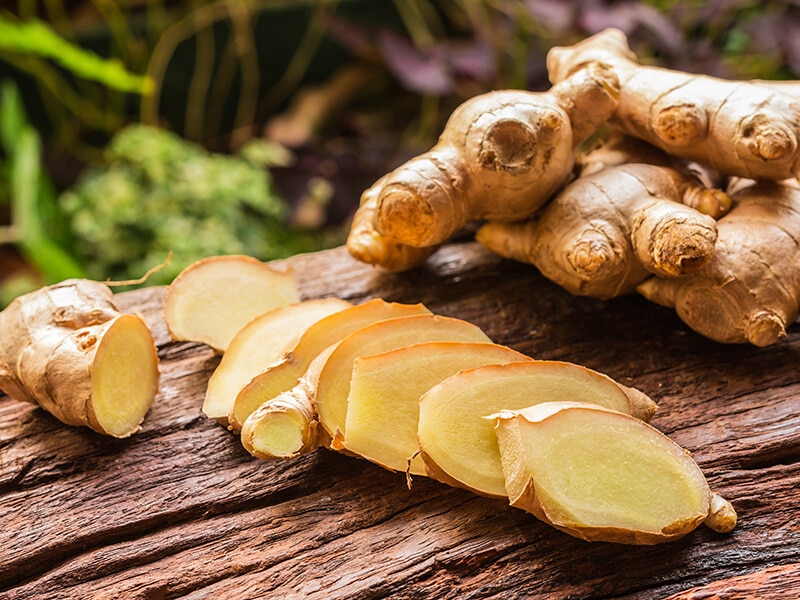
Storing Coconut Water 101
Like almost everything else, coconut water has a shelf life, and rotten juice is not good for direct consumption or application on your body. Since this beverage will go bad at a certain point, the only way to extend the drink’s lifespan is to preserve it properly, and here is how you do it.
Fresh Coconut Water
Once this natural beverage is exposed to air, it will start to spoil. Rotten signs are apparent since the taste will become sour, and its consistency will get thicker. You’ve got about a few hours to several days to consume whatever is left over, depending on how you store it.
After extraction, pure coconut water should be strained into an airtight container and stay in the fridge. Doing so can help it last for two days. Avoid leaving this drink at room temperature because it will deteriorate in about three to four hours.
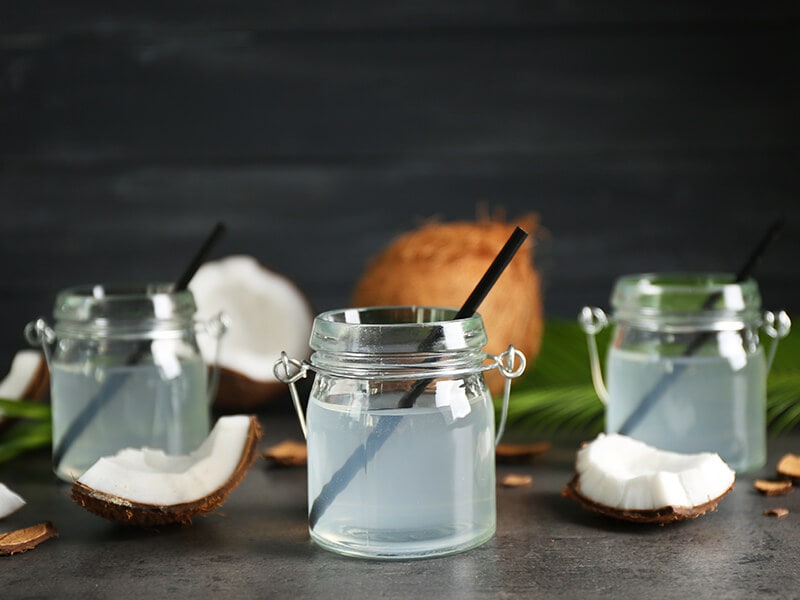
Processed Coconut Water
As a general rule, unopened packs of processed coconut water can hold up for a year or more. Still, many brands don’t pasteurize their products, and the absence of preservatives makes the juice more perishable once it comes into contact with oxygen.
As long as coconut water is sealed in its original package, you’re free to keep it at room temperature or in refrigerated condition. However, once opened, store it in an airtight jar or container in the refrigerator for the best results.
Freezing coconut water is not advisable since the flavor’s change after thawing is a minus point. Yet, since frozen juice can last up to two months, it is worth considering for more extended storage. Label the container with the date, or it’ll become a guessing game later.
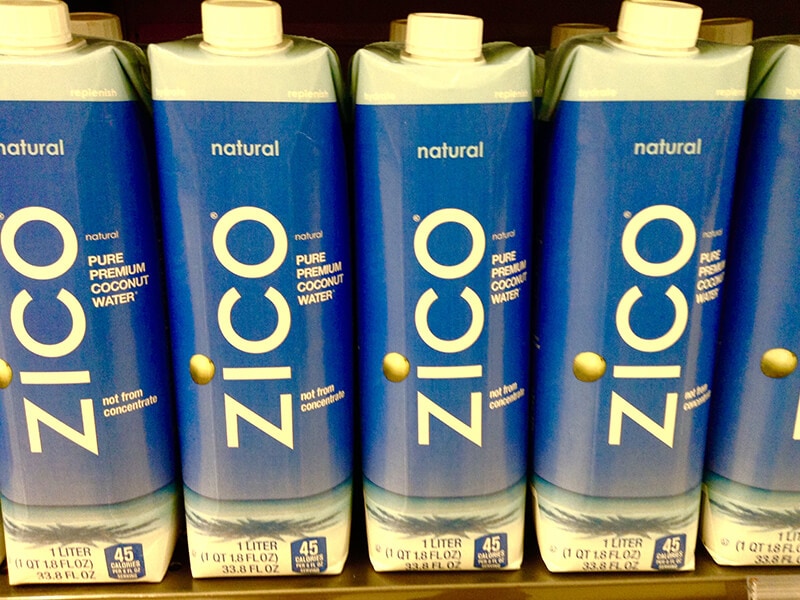
Processed coconut water can go beyond its expiry date under proper storage.
Give These Coconut Water Recipes A Try!
These coconut water recipes will be a piece of cake for you. Named “mother nature’s sports drink,” this juice is low in calories, cholesterol-free, and super duper tasty. Who could say no to this deliciousness?
Coconut Water Chia Seed Drink With Fruit (Lemon Chia Fresca)
Chia seeds, lemon juice, and coconut water – these super healthy ingredients take center stage to create this lemon chia Fresca. A glass of this nutritious drink in the morning will kick off your new day. It will keep you hydrated and stay away from snacks for a while.
Pineapple & Lime Coconut Water
It’s not an exaggeration to say this pineapple & lime taste like a fancy cocktail. Sweet, refreshing, and a bit tangy, this goodness has everything you expect in a delicious drink: Best of all, you just need one piece of equipment, a blender, to get the job done.
Strawberry Coconut Water Lemonade
This strawberry coconut water lemonade will pamper your palate with its sweet and tart flavor. From a nutritional standpoint, this drink is a delicious dose of vitamin C, flavonoids, and electrolytes to your body. Even better, it is completely sugar-free.
Coconut Water Smoothie
This coconut water smoothie is a new way to enjoy the god-sent juice. While your tropical juice is a show stealer, you’ll love the supporting cast from kale, orange, and banana. Many are afraid of the bitterness of kale, but other ingredients’ sweetness will balance the overall flavor.
You will no longer be afraid of kale because it tastes excellently in this coconut smoothie!
FAQs
Reading this far, you must agree with me that coconut water, given fresh or processed, is a fantastic gift to humans. If you’ve become increasingly interested in coconut water, here is your chance to learn more about this great juice.
Beat The Heat With A Fresh Batch Of Coconut Water!
Aside from the fact that coconut water is utterly delicious, it’s also vegan-friendly, dairy-free, and more. That’s why this is a fantastic pantry option for many sweet and savory cooking projects. Served alone, it’s a fantastic yet healthy snack to ease your thirst and replenish the nutrients.
Now you don’t need to place your bets on store-bought coconut water with its hidden additives, while making homemade juice is much easier and 100% safer. After reading this article, hurry up and treat yourself and your family members with great shots of your DIY coconut water.
If you have successfully made a new batch of coconut water, please comment and share the good news with me. Also, introduce this article to anyone who has the same passion for this natural magic drink. Stay tuned for more fantastic content!
Nutrition Facts
2 servings per container
- Amount Per ServingCalories51
- % Daily Value *
- Total Fat
0g
0%
- Saturated Fat 0.2g 0%
- Cholesterol 0mg 0%
- Sodium 109mg 5%
- Potassium 263mg 8%
- Total Carbohydrate
12.5g
4%
- Dietary Fiber 1.2g 4%
- Sugars 11.3g
- Protein 0.8g 0%
- Calcium 2%
- Iron 2%
* The % Daily Value tells you how much a nutrient in a serving of food contributes to a daily diet. 2,000 calories a day is used for general nutrition advice.
References
- Science & Technical Reports: Frequently asked questions (no date) Is a coconut’s edible part the endocarp? – Ask a Librarian.
- DiGiacinto, J. (2021) The health benefits of Coconut Water, Healthline. Healthline Media.
- Cousins, A.L. et al. (2019) The effect of hypo-hydration on mood and cognition is influenced by electrolyte in a drink and its colour: A randomised trial, Nutrients. U.S. National Library of Medicine.

